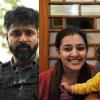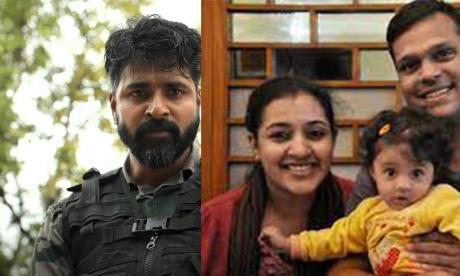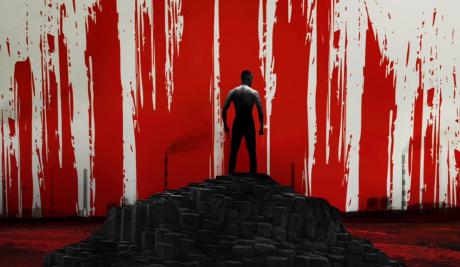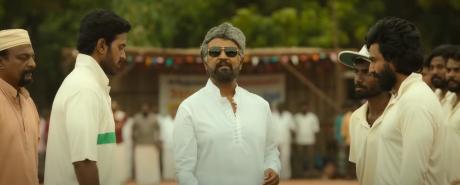(This article is authored by Alar)
In the movie world, inspiration often serves as the cornerstone for creativity, allowing filmmakers to build upon established narratives and mould them into unique and compelling stories. In the case of Lokesh Kanagaraj's "Leo," the inspiration drawn from David Cronenberg's "A History of Violence" however sets "Leo" apart is not just its source material.
But the director's bold decision to shift the focus from the traditional portrayal of strong villains to the intricate character development of Parthiban, played brilliantly by Vijay, also which the fans witnessed the odd change from their favourite director who knew of engineering strong villains.
"A History of Violence," directed by David Cronenberg, is a 2005 crime thriller film that explores the consequences of a man's dark past resurfacing in his present life. The story revolves around Tom Stall, played by Viggo Mortensen, a peaceful small-town diner owner with a loving family. When he defends his diner and customers from violent criminals, Tom becomes a local hero, garnering media attention. However, his newfound fame attracts menacing figures from his past, forcing him to confront his true identity as Joey Cusack, a former ruthless mobster.
Comparing the protagonists of "A History of Violence" and "Leo," both Tom Stall and Parthiban share common themes of concealed identities and violent pasts. Tom, like Parthiban, is a family man, deeply committed to protecting his loved ones. Both characters display exceptional courage and a willingness to resort to violence when their families are threatened.
However, the difference lies in their initial days. Tom Stall starts as a genuinely good man trying to escape his past, while Parthiban's past is revealed gradually, showing his transformation from Leo Das, a notorious criminal, to a family man seeking redemption. Tom's struggle is more about preserving his newfound peaceful life, while Parthiban battles both external threats and his inner demons, making his journey more complex and layered.
In "Leo," Parthiban, an animal rescuer and café owner, finds himself entangled in a web of violence when his past catches up with him. The story, intricately woven with layers of suspense, familial bonds, and raw emotions, takes the audience on a rollercoaster ride. While the film draws inspiration from "A History of Violence," Lokesh Kanagaraj's unique touch lies in his emphasis on Parthiban's journey, his complexities, and his transformation into Leo Das.
One notable departure from the source material is Kanagaraj's decision to delve deeply into Parthiban's character, giving the audience a front-row seat to his internal struggles and emotional turmoil. While "A History of Violence" primarily focuses on the present life of its protagonist, is what fans find odd in Lokesh Kanagaraj's Leo as it didn't take a different route by integrating gripping flashbacks which should add layers to Parthiban's persona.
However, the shift in focus from the villains to the protagonist also comes with its challenges. Lokesh Kanagaraj, known for his prowess in crafting formidable antagonists, appears to have momentarily diverted his attention to exploring Parthiban's psyche. While this decision enhances the depth of the protagonist, it somewhat diminishes the strength of the villains, particularly when compared to the menacing characters in his previous works.
Characters like Antony Das and Harold Das might seem formidable at first glance, their personas lack the depth and strength that one would expect from compelling antagonists. It's akin to encountering a towering mountain that, upon ascent, reveals a hollowness within. Despite their imposing stature, their characters lack the emotional complexity and depth that could have made them truly memorable and fearsome in the eyes of the audience.
In simpler terms, Lokesh Kanagaraj's earlier movies, like "Kaithi" and "Vikram," left a lot to the audience's imagination. We didn't get to see the detailed pasts of characters like Dilli and Adaikalam, but yet it added an air of mystery and suspense. "Leo," however, took a different route by showing the protagonist's backstory through quick flashbacks.
This shift in style is noteworthy. "Kaithi 2" and "Rolex," his upcoming projects, seem to be heavily focused on revealing the backstories of their respective characters. Reflecting on this, "Leo," where the backstory took a prominent role, might be an attempt to correct a previous misstep. As Lokesh Kanagaraj explores this balance between past narratives and present plotlines, it's a chance for him to learn from the reception of "Leo."









Comments